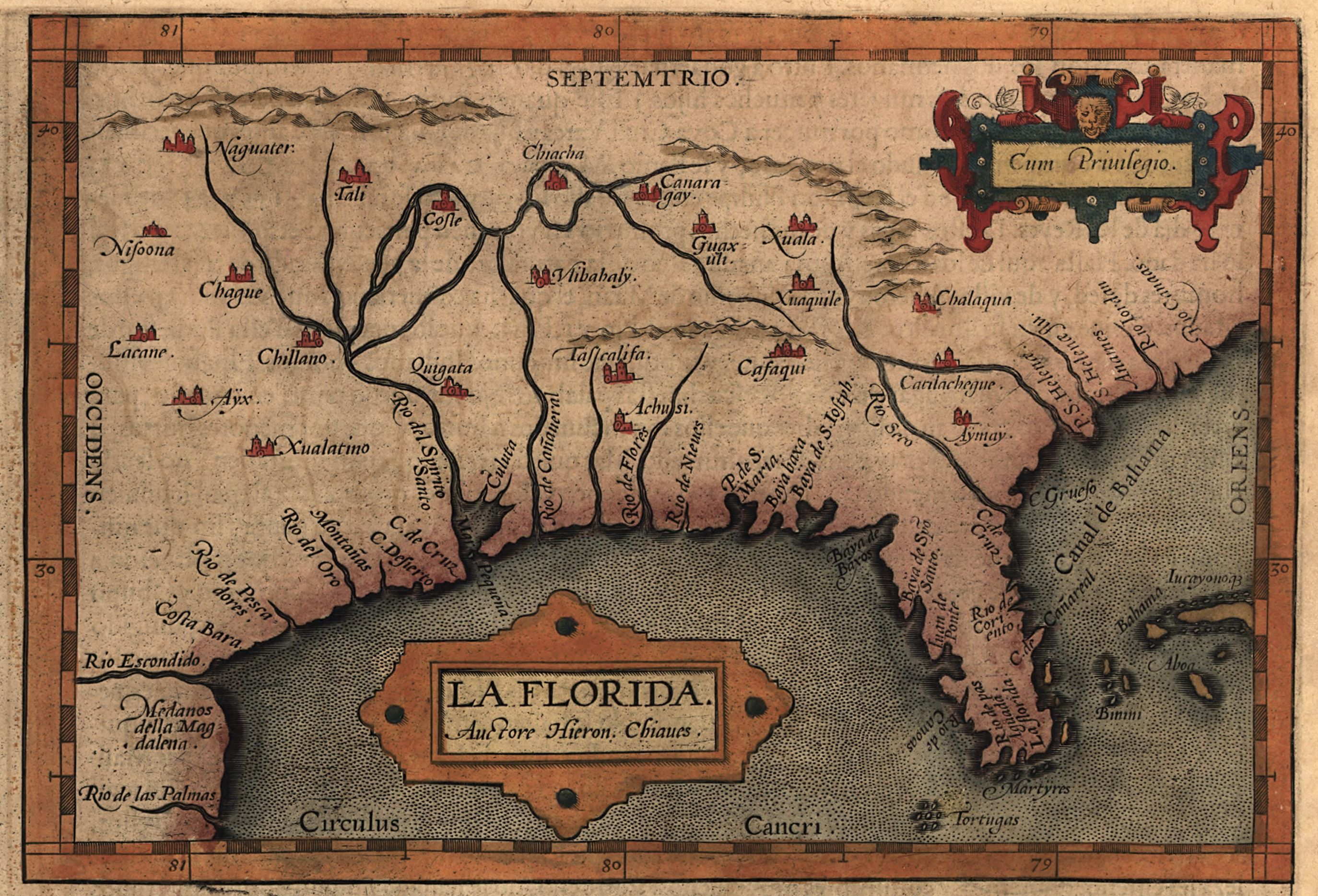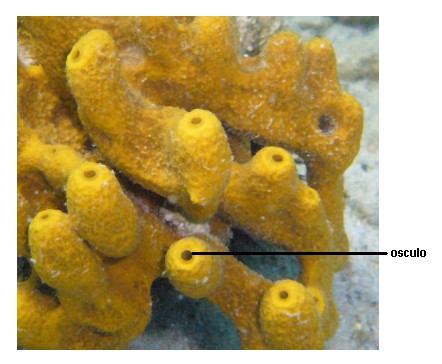|
Stelletta Kallitetilla
''Stelletta kallitetilla'' is a species of demosponge belonging to the family Ancorinidae. It is native to the tropical western Atlantic Ocean and the Caribbean Sea. It was first described in 1936 by the American zoologist Max Walker de Laubenfels as ''Myriastra kallitetilla'' but was later transferred to the genus ''Stelletta''. Description ''Stelletta kallitetilla'' is a massive sponge that is usually green or yellow, the colour varying from light yellowish-green to a dark shade of green. The consistency of the sponge is soft but tough, and it often has an osculum at the top. The surface is usually nodular, but may be smooth or bristly, and often has fouling organisms growing on it. Distribution and habitat ''Stelletta kallitetilla'' is native to the tropical western Atlantic Ocean, the Caribbean Sea and the Gulf of Mexico. It grows at depths down to about . It tends to grow in seagrass meadows and on the stilt roots of mangroves. Ecology ''Stelletta kallitetilla'' often har ... [...More Info...] [...Related Items...] OR: [Wikipedia] [Google] [Baidu] |
Max Walker De Laubenfels
Max Walker de Laubenfels (1894–1960) was an American spongiologist. He received his undergraduate degree from Oberlin College and his doctorate from Stanford University. He was among the most prolific identifiers of new species of Caribbean sponges, describing 60 species from 1932-1954. He was a Professor of Zoology at Oregon State College (now Oregon State University) from 1950 to 1958. Publications * , 1954 : The sponges of the west-central Pacific. Studies in zoology, no.7: 320pg. * , 1929 : The sponges of California. Dept. of Zoology. 634 pg. See also * David John de Laubenfels David John de Laubenfels or D. J. de Laubenfels (1925 – February 6, 2016) was an American botanist known as an expert on tropical conifers. See also * Max Walker de Laubenfels References External links de Laubenfels website(Archived ... References Spongiologists 20th-century American zoologists Oregon State University faculty 1894 births 1960 deaths {{US-zoo ... [...More Info...] [...Related Items...] OR: [Wikipedia] [Google] [Baidu] |
Mangrove
A mangrove is a shrub or tree that grows in coastal saline or brackish water. The term is also used for tropical coastal vegetation consisting of such species. Mangroves are taxonomically diverse, as a result of convergent evolution in several plant families. They occur worldwide in the tropics and subtropics and even some temperate coastal areas, mainly between latitudes 30° N and 30° S, with the greatest mangrove area within 5° of the equator. Mangrove plant families first appeared during the Late Cretaceous to Paleocene epochs, and became widely distributed in part due to the movement of tectonic plates. The oldest known fossils of mangrove palm date to 75 million years ago. Mangroves are salt-tolerant trees, also called halophytes, and are adapted to live in harsh coastal conditions. They contain a complex salt filtration system and a complex root system to cope with saltwater immersion and wave action. They are adapted to the low-oxygen conditions of w ... [...More Info...] [...Related Items...] OR: [Wikipedia] [Google] [Baidu] |
Florida Keys
The Florida Keys are a coral island, coral cay archipelago located off the southern coast of Florida, forming the southernmost part of the continental United States. They begin at the southeastern coast of the Florida peninsula, about south of Miami, and extend in a gentle arc south-southwest and then westward to Key West, Florida, Key West, the westernmost of the inhabited islands, and on to the uninhabited Dry Tortugas. The islands lie along the Florida Straits, dividing the Atlantic Ocean to the east from the Gulf of Mexico to the northwest, and defining one edge of Florida Bay. At the nearest point, the southern part of Key West is just from Cuba. The Florida Keys are between about 24.3 and 25.5 degrees North latitude. More than 95 percent of the land area lies in Monroe County, Florida, Monroe County, but a small portion extends northeast into Miami-Dade County, Florida, Miami-Dade County, such as Totten Key. The total land area is . As of the United States Census, 2010, ... [...More Info...] [...Related Items...] OR: [Wikipedia] [Google] [Baidu] |
Florida
Florida is a state located in the Southeastern region of the United States. Florida is bordered to the west by the Gulf of Mexico, to the northwest by Alabama, to the north by Georgia, to the east by the Bahamas and Atlantic Ocean, and to the south by the Straits of Florida and Cuba; it is the only state that borders both the Gulf of Mexico and the Atlantic Ocean. Spanning , Florida ranks 22nd in area among the 50 states, and with a population of over 21 million, it is the third-most populous. The state capital is Tallahassee, and the most populous city is Jacksonville. The Miami metropolitan area, with a population of almost 6.2 million, is the most populous urban area in Florida and the ninth-most populous in the United States; other urban conurbations with over one million people are Tampa Bay, Orlando, and Jacksonville. Various Native American groups have inhabited Florida for at least 14,000 years. In 1513, Spanish explorer Juan Ponce de León became th ... [...More Info...] [...Related Items...] OR: [Wikipedia] [Google] [Baidu] |
Leucothoe Spinicarpa
''Leucothoe'' is a genus of amphipods in the family Leucothoidae. It contains the following species: *'' Leucothoe acanthopus'' Schellenberg, 1928 *'' Leucothoe acutilobata'' Ledoyer, 1978 *'' Leucothoe adelphe'' White & Thomas, 2009 *'' Leucothoe affinis'' Stimpson, 1856 *'' Leucothoe alata'' J. L. Barnard, 1959 *'' Leucothoe alcyone'' Imbach, 1967 *'' Leucothoe angusticoxa'' (Ledoyer, 1972) *'' Leucothoe ashleyae'' Thomas & Klebba, 2006 *''Leucothoe assimilis'' J. L. Barnard, 1974 *'' Leucothoe atosi'' Bellan-Santini, 2007 *'' Leucothoe ayrtonia'' Bellan-Santini, 1997 *'' Leucothoe barana'' Thomas & Klebba, 2007 *''Leucothoe basilobata'' Serejo, 1998 *''Leucothoe bidens'' Hirayama, 1985 *''Leucothoe boolpooli'' J. L. Barnard, 1974 *''Leucothoe bova'' White & Thomas, 2009 *''Leucothoe brevidigitata'' Miers, 1884 *''Leucothoe brunonis'' Krapp-Schickel & Menioui, 2005 *''Leucothoe campi'' Mateus & Mateus, 1986 *''Leucothoe cheiriserra'' Serejo, 1998 *''Leucothoe commensalis'' Haswe ... [...More Info...] [...Related Items...] OR: [Wikipedia] [Google] [Baidu] |
Amphipoda
Amphipoda is an order of malacostracan crustaceans with no carapace and generally with laterally compressed bodies. Amphipods range in size from and are mostly detritivores or scavengers. There are more than 9,900 amphipod species so far described. They are mostly marine animals, but are found in almost all aquatic environments. Some 1,900 species live in fresh water, and the order also includes the terrestrial sandhoppers such as '' Talitrus saltator''. Etymology and names The name ''Amphipoda'' comes, via New Latin ', from the Greek roots 'on both/all sides' and 'foot'. This contrasts with the related Isopoda, which have a single kind of thoracic leg. Particularly among anglers, amphipods are known as ''freshwater shrimp'', ''scuds'', or ''sideswimmers''. Description Anatomy The body of an amphipod is divided into 13 segments, which can be grouped into a head, a thorax and an abdomen. The head is fused to the thorax, and bears two pairs of antennae and one pair of ... [...More Info...] [...Related Items...] OR: [Wikipedia] [Google] [Baidu] |
Commensalism
Commensalism is a long-term biological interaction ( symbiosis) in which members of one species gain benefits while those of the other species neither benefit nor are harmed. This is in contrast with mutualism, in which both organisms benefit from each other; amensalism, where one is harmed while the other is unaffected; parasitism, where one is harmed and the other benefits, and parasitoidism, which is similar to parasitism but the parasitoid has a free-living state and instead of just harming its host, it eventually ends up killing it. The commensal (the species that benefits from the association) may obtain nutrients, shelter, support, or locomotion from the host species, which is substantially unaffected. The commensal relation is often between a larger host and a smaller commensal; the host organism is unmodified, whereas the commensal species may show great structural adaptation consistent with its habits, as in the remoras that ride attached to sharks and other fish ... [...More Info...] [...Related Items...] OR: [Wikipedia] [Google] [Baidu] |
Seagrass Meadow
A seagrass meadow or seagrass bed is an underwater ecosystem formed by seagrasses. Seagrasses are marine (saltwater) plants found in shallow coastal waters and in the brackish waters of estuaries. Seagrasses are flowering plants with stems and long green, grass-like leaves. They produce seeds and pollen and have roots and rhizomes which anchor them in seafloor sand. Seagrasses form dense underwater meadows which are among the most productive ecosystems in the world. They provide habitats and food for a diversity of marine life comparable to that of coral reefs. This includes invertebrates like shrimp and crabs, cod and flatfish, marine mammals and birds. They provide refuges for endangered species such as seahorses, turtles, and dugongs. They function as nursery habitats for shrimps, scallops and many commercial fish species. Seagrass meadows provide coastal storm protection by the way their leaves absorb energy from waves as they hit the coast. They keep coastal waters healthy ... [...More Info...] [...Related Items...] OR: [Wikipedia] [Google] [Baidu] |
Species
In biology, a species is the basic unit of Taxonomy (biology), classification and a taxonomic rank of an organism, as well as a unit of biodiversity. A species is often defined as the largest group of organisms in which any two individuals of the appropriate sexes or mating types can reproduction, produce Fertility, fertile offspring, typically by sexual reproduction. Other ways of defining species include their karyotype, DNA sequence, morphology (biology), morphology, behaviour or ecological niche. In addition, paleontologists use the concept of the chronospecies since fossil reproduction cannot be examined. The most recent rigorous estimate for the total number of species of eukaryotes is between 8 and 8.7 million. However, only about 14% of these had been described by 2011. All species (except viruses) are given a binomial nomenclature, two-part name, a "binomial". The first part of a binomial is the genus to which the species belongs. The second part is called the specifi ... [...More Info...] [...Related Items...] OR: [Wikipedia] [Google] [Baidu] |
Osculum
The osculum (plural "oscula") is an excretory structure in the living sponge, a large opening to the outside through which the current of water exits after passing through the spongocoel. Wastes diffuse into the water and the water is pumped through the osculum carrying away with it the sponge's wastes. Sponges pump large volumes of water: typically a volume of water equal to the sponge's body size is pumped every five seconds. The size of the osculum is regulated by contractile myocytes. Its size, in turn, is one of the factors which determines the amount of water flowing through the sponge Sponges, the members of the phylum Porifera (; meaning 'pore bearer'), are a basal animal clade as a sister of the diploblasts. They are multicellular organisms that have bodies full of pores and channels allowing water to circulate throug .... It can be closed completely in response to excess silt in the water. References Sponge anatomy {{animal-anatomy-stub ... [...More Info...] [...Related Items...] OR: [Wikipedia] [Google] [Baidu] |
Stelletta
''Stelletta'' is a genus of sea sponges belonging to the family Ancorinidae. Species The following species are recognised in the genus Stelletta: *'' Stelletta addita'' (Topsent, 1938) *'' Stelletta aeruginosa'' Carter, 1886 *'' Stelletta agglutinans'' (Dendy, 1905) *'' Stelletta agulhana'' Lendenfeld, 1907 *'' Stelletta anancora'' (Sollas, 1886) *'' Stelletta anasteria'' Esteves & Muricy, 2005 *'' Stelletta anthastra'' Lehnert & Stone, 2014 *'' Stelletta arenaria'' Bergquist, 1968 *'' Stelletta aruensis'' Hentschel, 1912 *'' Stelletta atrophia'' Hoshino, 1981 *'' Stelletta beae'' Hajdu & Carvalho, 2003 *'' Stelletta bocki'' Rao, 1941 *'' Stelletta boglicii'' Schmidt, 1862 *''Stelletta brevidens'' (Topsent, 1897) *'' Stelletta brevioxea'' Pulitzer-Finali, 1993 *'' Stelletta brevis'' Hentschel, 1909 *'' Stelletta calyx'' Sim & Kim, 2003 *''Stelletta capensis'' Lévi, 1967 *''Stelletta carolinensis'' (Wells, Wells & Gray, 1960) *''Stelletta cavernosa'' (Dendy, 1916) *''Stelletta cen ... [...More Info...] [...Related Items...] OR: [Wikipedia] [Google] [Baidu] |





